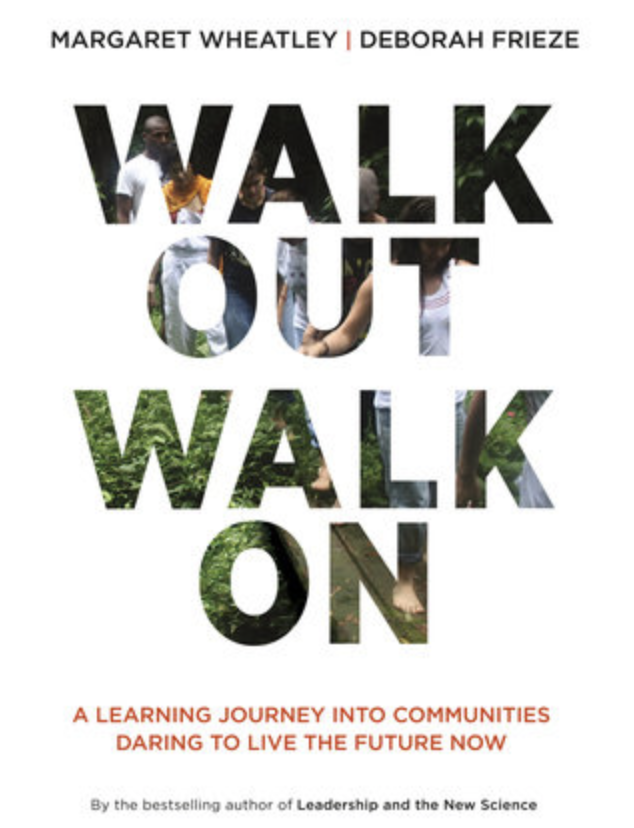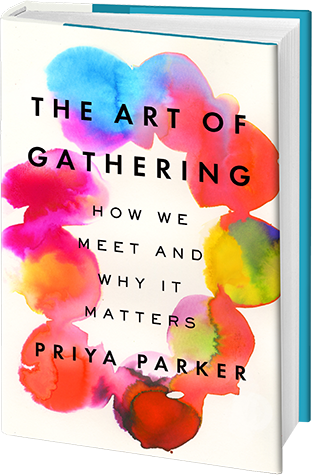Inquiry Inventory - 03/30/22
Here at The Human School, a big part of what brought us together is a deep love of reading and learning. We commit, as part of our learning journey, to sharing our week’s reading with you and what influences our thinking and learning.
Each week, you will see a post with what we’re reading, a quote, and an insight from that reading that leads us to deeper thinking.
To learn more about what we are reading, please take a look at our Connection Catalog.
Walk Out Walk On: A Learning Journey into Communities Daring to Live the Future Now by Margaret Wheatley and Deborah Frieze
“We live in a world of never-ending complexity, but complexity isn’t the problem. Complex systems are filled with challenges and conflicts that are unavoidable, but these aren’t the problem, either. The central problem is how we work with complexity. We do everything to avoid it. Either we deny its existence, or we partition problems into separate compartments.”
You’ve probably heard often around here that we love this book from Margaret Wheatley and Deborah Frieze!
This quote reminds me of our fixation on avoiding the messy. Let’s not try to reduce transforming a whole system of education into a checklist or a series of steps. Embrace the messiness, and like the authors say elsewhere in the text: Start anywhere. Follow it everywhere.
What are your entry points to embracing the messiness? What are the frictions? What have you learned?
—Randy
Street Data by Shane Safir and Jamila Dugan
”How might we begin to reimagine our deep-seated ways of meaning-making and knowing? Indigenous and Afrocentric epistemologies offer powerful worldviews…Indigenous ways of knowing place value on relationally, intergenerational wisdom, experiential learning, and holism, or holistic learning… Holism is a core stance that integrates all aspects of learning - the emotional (heart), spiritual (spirit), cognitive (mind), and physical (body) - which are ‘informed by ancestral knowledge' to be passed to future generations.”
Safir and Dugan break down some of the ways we have assumed and shaped our learning, our educational structures, and our teaching through cultural assumptions and beliefs. As the world as expanded and become more interconnected, many assumed that this was just the “right” way of learning and teaching versus cultural. The authors break down other community notions of learning and teaching based on different values beyond academics and knowledge and instead focused on community building and ancestral history.
What would it look like to shift our focus in education from learning about content and information to learning for our ancestors and for our future generations? How could that shift in focus transform our teaching and learning spaces and potentially even future generations of learners? After all, are we teaching and learning about what we value? Or does our work no longer align as it used to?
—Rachel
The Art of Gathering: How We Meet and Why It Matters by Priya Parker
“We gather to solve problems we can’t solve on our own. We gather to celebrate, to mourn, and to mark transitions. We gather to make decisions. We gather because we need one another. We gather to show strength. We gather to honor and acknowledge. We gather to build companies and schools and neighborhoods. We gather to welcome, and we gather to say goodbye. But here is the great paradox of gathering: There are so many good reasons for coming together that often we don’t know precisely why we are doing so. You are not alone if you skip the first step in convening people meaningfully: committing to a bold, sharp purpose.”
Being a part of a community and being intentional about how and why we come together is important work. To be more human, we need to continue to explore how we can gather more purposefully and be fully present with one another. Priya Parker’s works speaks to the design work that can support deeper connection when we are together.
How can we design for more human gatherings?
—Chad



